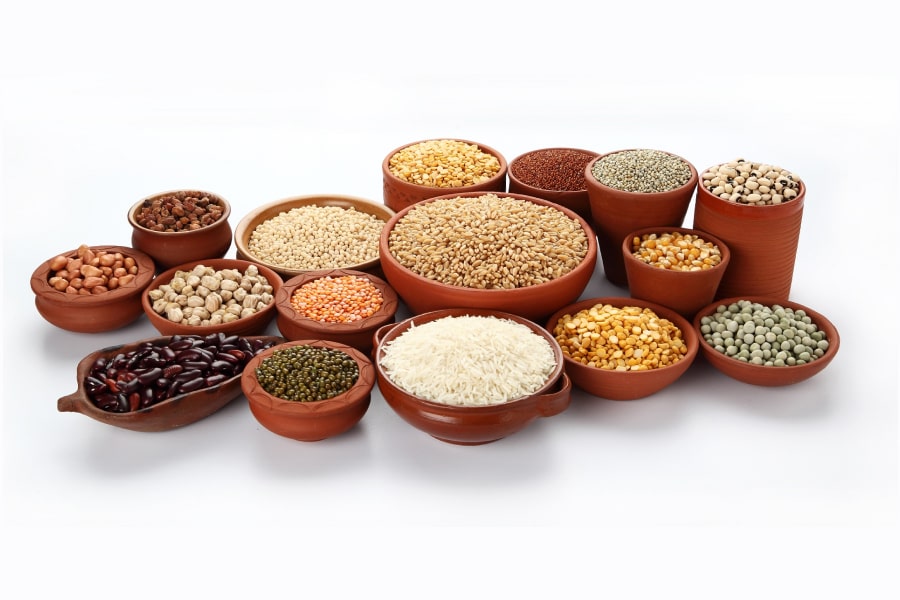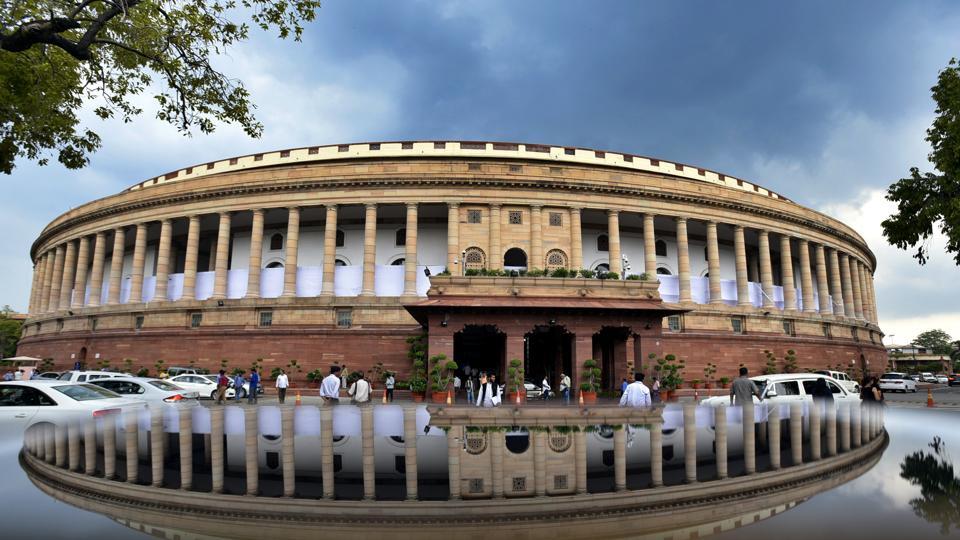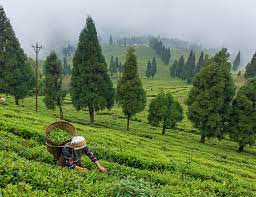India has excelled in export of agricultural products such as dragon fruit, red rice, Pomegranate, jack fruit and pine apple etc to various countries like Australia, Europe, USA, Dubai and United Kingdom. India’s farm markets are under digital transformation and are integrated with mandis through e-NAM platform making the process faster and easier.
The economy of India is partly based on agriculture having significant quantum of its land and people engaged in such traditional profession. We have seen profound changes and development of this sector in last few decades with structural reforms and technology integration especially in post “Green Revolution” era. Key development areas in agriculture sector are; improved inputs at subsidised price, technologically improved equipment and machineries, trained workforce, credit assistance from financial institutions, marketing and storage infrastructure, minimum support price and insurance for crop loss etc. This sector has fulfilled important needs of the nation like food security and rural employment. In 2023-24, GDP 0f India saw contributions of 17.7% from Agriculture, 27.6% from Industry and 54.7% from Services sector.
According to recent Economic Survey, India’s agricultural sector shows resilience with average rate of growth of 5% during the period of FY 2017 to FY 2023. Similarly, agricultural income increased by 5.23% annually over past decade mostly because of increase in growth of its allied sector being its key driver in growth. Kharif food grain production reached 1647.00 LMT in 2024. Seafood export has increased by 29.70% in between FY 20 and FY 24. Food export has a share of 11.7% of total export of India during 2023-24. Further, Government of India has increased the Minimum Support Price on Nutri-cereals, pulses, oil seeds, Arhar, Bajra, Masur and Rapeseed.
India has excelled in export of agricultural products (dragon fruit, red rice, Pomegranate, jack fruit and pine apple) to various countries like Australia, Europe, USA, Dubai and United Kingdom. Various states like Maharashtra, Gujrat, West Bengal, Assam and north-east states contributed significantly in export of such exotic fruits. India’s markets for agricultural products are under digital transformation and are integrated with mandis through e-NAM platform making the process faster and easy.
Despite of these achievements, there are some grey areas which need to be focussed in future years to come. Edible oil import is still a problem with a sizable import bill. Yields of soyabean has stagnated despite having the highest growing areas in the country. Consumption is above the production level causing deficit in availability of oil as well as putting pressure on exchequer for footing import bills.
Around 45% of Indians depend on agriculture for their livelihood. Of these 60 to 70 per cent earn less than Rs 10,000 a month. Traditional ways of doing farming need to be changed. For this, focus has to be given on investment, technology integration and efficient market mechanism. Both public and private investment is necessary to produce high value crops with export potential. We have to look beyond the need for fulfilment of hunger only. Further, mechanisation and scientific development in farming process is to be accelerated further so that cost will be reduced and productivity will be increased. Further, marketing linkage should be more efficient with easy accessibility. Use of artificial intelligence in agriculture is to be promoted in future particularly in weather forecasting, paste control, market linkage and other important areas.
Despite improvement in mechanisation in Indian agriculture, labour remains as a key input. It is good to note that small farmers in India responding well to modern technology and inputs. Another silver lining is the participation of women and youths in agriculture and allied activities. This need to be encouraged and also be promoted by capital assistance and skill development. Adequate storage facilities and efficient supply chain mechanism are important factors as most of the agricultural products are perishable in nature. Power supply in agriculture in crop production and value chain is very crucial and need to be ensured. It is high time to think about integration of green power in the whole process to reduce the cost as well as to retain the quality by reducing the perishability of the output in value chain.
Another crucial issue in agriculture is the benefit of farmer vis-a-vis the benefit they provide to the nation. In terms of self-sufficiency in food grain supply India is in much better position. But it does not translate into tangible benefits for the farmer who are the backbone of this sector. Sometimes people are moving from farming to low-paying unskilled jobs like MGNREGA labour or moving cities to earn more. Skill development of farmers is necessary to make them as more effective partner in this sector and making their effort remunerative too.
Value addition of produced material is need of the hour to reap more profit through forward integration. Life style products with high value will yield more profit to farmers as well as marketers engaged in this sector. For example, mineral and fibre rich dragon fruit is being exported to England and Bahrain from India since few years. Efficient supply chain system is to be established for prompt delivery without quality deterioration. Besides, Government need to promote public investment in post-harvest activities, supply chain, modernised stores and warehouses, primary and secondary processing and branding to ensure faster growth of food processing and agri-product marketing sector.
 Indian Industry Plus A Pratisrutiplus Suppliment
Indian Industry Plus A Pratisrutiplus Suppliment

















